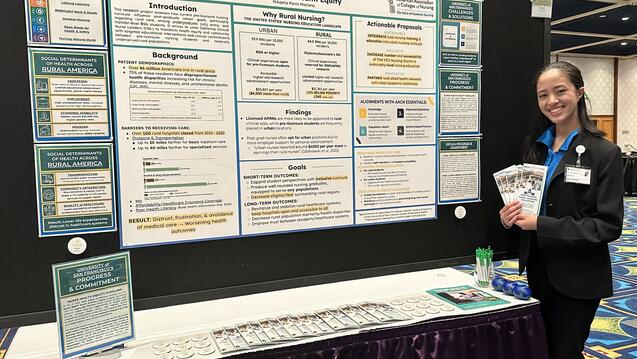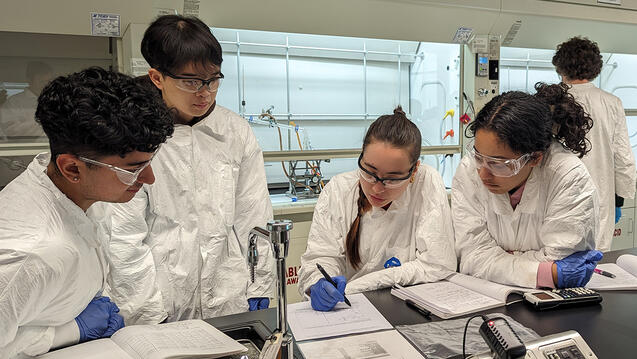How Big a Risk is COVID-19?

Jeremy Howard and Rachel Thomas, USF data scientists, say it’s a significant threat — and here’s how to deal with it.
What does data tell you about COVID-19?
Contrary to popular belief, COVID-19 is not like the flu. The flu has a death rate of around 0.1 percent of infections. The latest epidemiological modeling found a 1.6 percent death rate from COVID-19 in China in February. That’s 16 times higher than the flu. Current best estimates posit that COVID-19 will kill 10 times more people this year than the flu.
Wow. So we should be worried here in North America?
Yes. We shouldn’t panic, but we should prepare. There’s a reason China and Italy are locked down. Based on the best information we have at this stage, just two or three weeks ago Italy was in the same position that the U.S. and U.K. are in today, in terms of infection statistics.
So what do we do now?
Avoid large groups and crowds. Cancel events. Work from home, if at all possible. Wash hands when coming and going from home, and frequently when out. Avoid touching your face, especially when outside your home — not easy! Disinfect surfaces and packages.
But I’m younger than 60 years old, so no worries, right?
This is not about you. Yes, COVID-19 is not likely to kill you, but you still have just as much chance of getting infected, and on average, each infected person infects over two more people — and they become infectious before they show symptoms.
So I could be deadly to others?
Yes, you could. So stay home. During the flu pandemic of 1918, the city of Philadelphia held a big parade to raise money for the war effort. The city of St. Louis canceled all large events. The flu devastated Philadelphia. It did not devastate St. Louis.
Rachel Thomas is director of the Center for Applied Data Ethics at the Data Institute at USF. This interview is adapted, with permission, from the article "COVID-19, Your Community, and You — A Data Science Perspective" by Jeremy Howard and Rachel Thomas.


